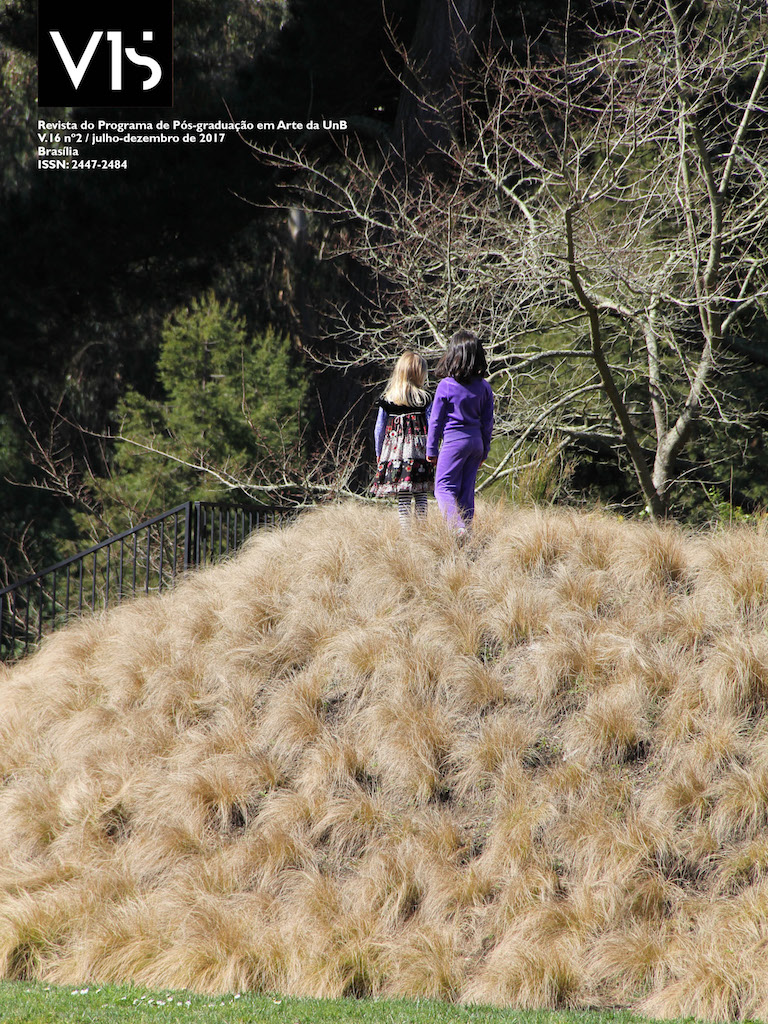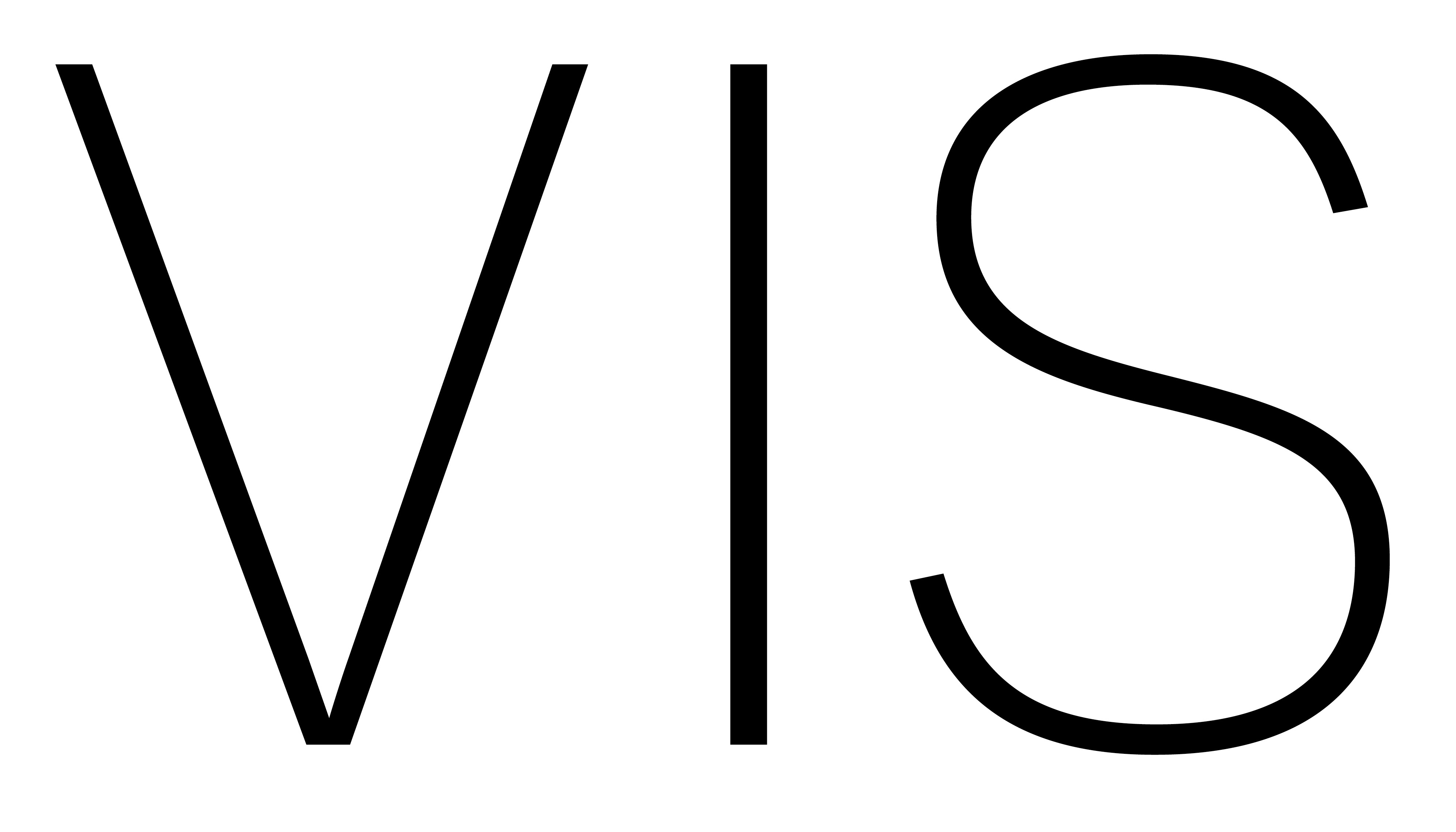The museum as a classroom
performing materialities through teachers’ identities
DOI:
https://doi.org/10.26512/vis.v16i2.20654Keywords:
Arts based research. New materialism. Teacher education. Mediation and education in museums/Art centers. Participation. Communication. Contemporary art.Abstract
This chapter reconstructs a collaborative educational project conducted by the Educational Department of a contemporary art centre (FórumEugénio de Almeida, Évora, Portugal) and a group of Teacher Education students in primary education, in the subject “Education and Expression of Visual Arts” at University of Évora, Portugal. Among the main goals we mention: a) to rethink the locations that limit the possibility for a new thinking and practice of teacher subjectivities; b) to question the passive role of body in education; c) reterritorialize materiality in Artistic Education; d) to work with collective biographies to rethink museums/art centers as contingent spaces for mediation, participation and experimentation; e) to stimulate the combination between teaching activity and contemporary artistic practices. Through the Methodology of Situations (Jagodzinski and Wallis, 2013), the Anecdotal Theory (Gallop, 2002) and the Collective Biography (Bronwin and Gannon, 2006), the project born by the occasion of an exhibition about transcendence, entitled As high as the eye can see, at FórumEugénio de Almeida, aiming the creation of a creative project of research and experimentation that ended in a guided tour designed and conducted by the students.
Downloads
References
AHMED S. Queer Phenomenology. Orientations, Objects, Others. Durham: Duke University Press, 2006.
ALAIMO S. “Trans-Corporeal Feminisms and the Ethical Space of Nature”, In HEKMAN, Stacy (Ed.) Material Feminisms. Bloominghton: Indiana University Press, 2008.
BARAD, K. Meeting the Universe Halfway: Quantum Physics and the Entanglement of Matter and Meaning. Durham: Duke University Press, 2007.
BENNETT J. Vibrant Matter. A political Ecology of Things. Durham and London: Duke University Press, 2010.
BISHOP, C. Artificial Hells. London: Verso, 2012.
BRONWIN D; GANNON S. Doing Collective Biography. New York: Open University Press, 2006.
CLIFFORD J. “Museums as Contact Zones”. In David Boswell e Jessica Evans (Eds.) Representing the Nation: A Reader. Histories, Heritage and Museums. New York: Routledge, 1999.
COLEMAN F. Deleuze and Cinema. The Film Concepts.London and New York: Bloomsbury Academic, 2011.
CERTEAU M. de. The practice of everyday life. Berkeley: University of California Press, 1988.
DELEUZE G. Difference and repetition.New York: Columbia UP, 1994.
_____. “What is a dispositive? em Armstrong T.J. (Ed.) Michel Foucault Philosopher. New York: Harvester Wheatsheaf, 1992.
DELEUZE G.; GUATTARI F. Thousand Plateaus: Capitalism and schizophrenia. Minneapolis: University of Minnesota Press, 1987.
GALLOP J. Anecdotal Theory. Durham and London: Duke University Press, 2002.
GAROIAN, Ch. The prosthetic Pedagogy of art. Embodied Research and Practice. New York: State University of New York Press, 2013.
GUATTARI F. Chaosmosis: an Ethico-Aesthetic Paradigm. Sydney: Power Publications, 1995.
JAGODZINSKI J.; WALLIN J. Arts-based research. A critique and a proposal. Rotterdam: Sense Publishers, 2013.
LUKE, C. Feminismos y pedagogías en la vida cotidiana. Madrid: Morata, 2010.
O’NEILL P.; WILSON M. Curating and the Educational Turn. London, Amsterdam: Open Educations and De Appel Arts Centre, 2010.
PEREIRA M. Performance e Educação. (Des)territorializações Pedagógicas. Santa Maria: UFSM Editora, 2013.
RODRIGO, J. “Los museos como espacios de mediación: políticas culturales, estructuras y condiciones para la colaboración sostenible en contextos”, In LABMEDIACIÓ Del CA Tarragona, Obert per Reflexió: un laboratori de treball en xarxa i producció artística y cultural, CA Tarragona Centre d’Art. Ajuntament de Tarragona, Generalitat de Catalunya; Tarragona, 2012.
OLIVEIRA, F. (Ed.) Como é o museu com que sonha? Fundação Eugénio de Almeida, Évora, 2015.
ROGOFF I. “Turning”, e-flux Journal nº 0, 2008. Disponível em: http://www.e-flux.com/journal/turning/ Acesso em 27 Abr., 2015).
SARDO, D. (Ed.) Tão alto quanto os olhos alcançam.Évora: Fundação Eugénio de Almeida, 2014-2015.
SOARES, B. Livro do desassossego. Lisboa: Assirio&Alvim, 2003.
SPRINGGAY S. Body knowledge and curriculum.Pedagogies of touch in youth and visual culture.New York: Peter Lang, 2008.
VIDIELLA J. “Pedagogías de contacto: performance y prácticas de corporización”, In DAMIANO G. A.; PEREIRA L. H.; OLIVEIRA W. C (Eds.) Corporeidade e educação: tecendo sentidos... São Paulo: Cultura Acadêmica Editora, p.175-202, 2010.




